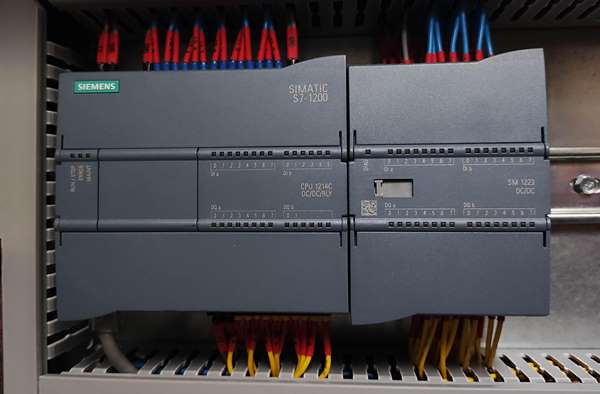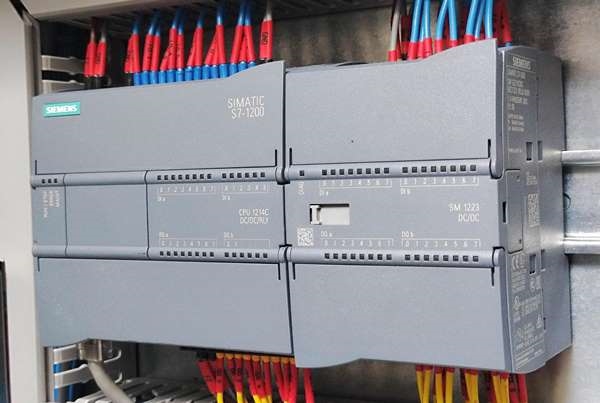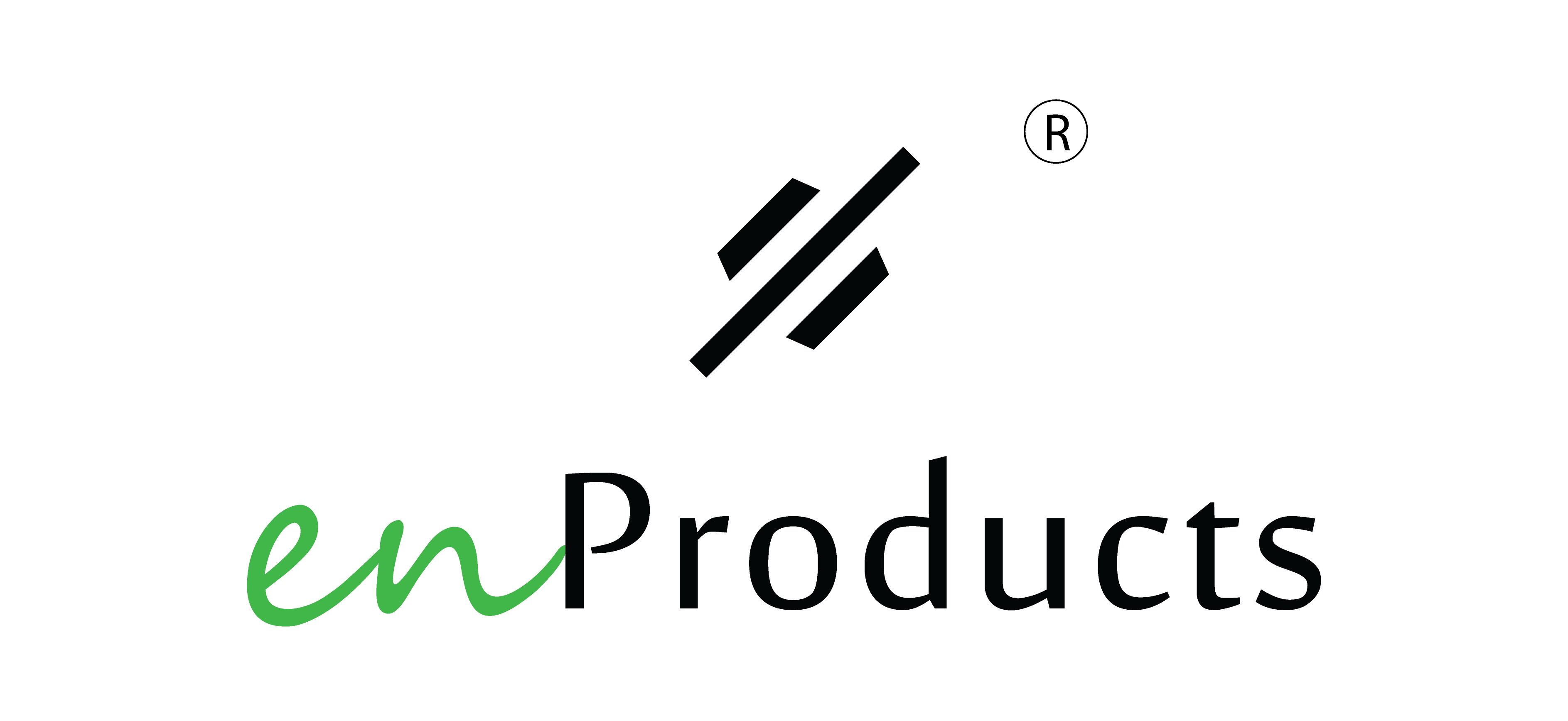Programmable Logic Controllers (PLCs) have become integral components in industrial automation, playing a pivotal role in controlling and monitoring a wide array of processes. These electronic devices are designed to withstand industrial environments and are programmable to execute specific tasks, making them indispensable for modern manufacturing and industrial systems.


Key Components of a PLCs
1. Central Processing Unit (CPU)
At the heart of every PLC is the Central Processing Unit (CPU). This component is responsible for executing the programmed instructions, processing data, and coordinating the overall operation of the PLC.
2. Memory
PLCs have two primary types of memory: RAM (Random Access Memory) and ROM (Read-Only Memory). RAM is used for storing temporary data during program execution, while ROM contains the firmware and the user’s program.
3. Input Modules
Input modules are responsible for gathering data from the field devices, such as sensors and switches, and transmitting this information to the CPU for processing.
4. Output Modules
Output modules receive signals from the CPU and control actuators, such as motors and valves, to execute the desired actions in the industrial process.
5. Power Supply
A reliable power supply is crucial for the continuous operation of a PLC. It provides the necessary electrical power to all components, ensuring the system’s stability.
6. Communication Ports
PLCs often come equipped with communication ports to facilitate data exchange with other PLCs, human-machine interfaces (HMIs), or higher-level control systems.
Programming Languages in PLCs
PLCs support various programming languages, each tailored to different applications. The most common languages include:
1. Ladder Logic
Ladder Logic is a graphical programming language resembling relay logic diagrams. It is widely used for programming sequential control systems and is intuitive for those familiar with electrical schematics.
2. Structured Text (ST)
Structured Text is a high-level programming language resembling Pascal or C. It allows for complex programming structures and is suitable for tasks requiring mathematical computations.
3. Function Block Diagram (FBD)
FBD is another graphical programming language, where functions are represented as blocks. It’s particularly useful for representing complex control strategies in a visual manner.
4. Sequential Function Chart (SFC)
SFC is a graphical programming language that represents the control flow of a system using steps and transitions. It is beneficial for describing sequential processes with distinct states.
Applications of PLCs
1. Manufacturing Automation
PLCs find extensive use in manufacturing automation, controlling processes such as assembly lines, material handling, and quality control. They ensure precise coordination and synchronization of machinery.
2. Chemical Processing
In chemical plants, PLCs manage intricate processes such as mixing, heating, and reactions. They contribute to maintaining optimal conditions and adhering to safety protocols.
3. Water Treatment Plants
PLCs play a critical role in water treatment, regulating the flow of water, monitoring water quality, and controlling chemical dosing systems to ensure safe and efficient water treatment.
4. Energy Management
In the field of energy, PLCs are employed to monitor and control energy consumption, optimize production processes, and manage the distribution of electrical power in smart grids.
Advantages of PLCs
1. Flexibility and Reconfigurability
PLCs offer flexibility in adapting to changes in the industrial process. Modifications to the control logic can be implemented through programming changes, avoiding the need for hardware alterations.
2. Reliability
PLCs are designed for industrial environments, ensuring durability and reliability. They can withstand harsh conditions, including temperature variations, humidity, and electrical noise.
3. Ease of Troubleshooting
PLCs make it easy to figure out problems using diagnostic tools and error messages. This simplifies the identification and resolution of issues, minimizing downtime.
4. Scalability
PLC systems can be easily scaled to accommodate changes in the industrial process. Additional modules can be added without significant disruptions to the existing system.
Challenges and Considerations
1. Security Concerns
As PLCs connect more to networks, it’s super important to make sure they’re really secure. Protecting against cyber threats and unauthorized access is essential to ensure the integrity of industrial processes.
2. Complex Programming for Advanced Tasks
While PLCs excel in simple and sequential control tasks, more advanced functionalities may require complex programming, posing a challenge for those less familiar with sophisticated programming languages.
3. Cost Considerations
The initial cost of implementing a PLC system, including hardware, software, and programming, can be a significant investment. However, the lasting benefits are typically greater than the initial costs in the long run.
Future Trends in PLC Technology
1. Integration with Industrial IoT (IIoT)
The integration of PLCs with Industrial Internet of Things (IIoT) is a growing trend. This helps share information instantly, predict when maintenance is needed, and makes industrial systems connect better overall.
2. Edge Computing in PLCs
Edge computing in PLCs involves processing data closer to the source, reducing latency and enabling quicker decision-making. This trend enhances the efficiency and responsiveness of PLC-controlled systems.
3. Machine Learning Integration
By integrating machine learning algorithms into Programmable Logic Controllers (PLCs), we enable the implementation of advanced and adaptable control strategies. This, in turn, can result in streamlined processes and heightened efficiency.
Programmable Logic Controllers (PLCs) have evolved into indispensable tools for industrial automation, providing precise control, monitoring, and flexibility in a wide range of applications. As technology continues to advance, the integration of PLCs with emerging trends like IIoT, edge computing, and machine learning promises to further enhance their capabilities. The continued refinement of PLC technology will undoubtedly contribute to the efficiency, safety, and adaptability of industrial processes worldwide.
